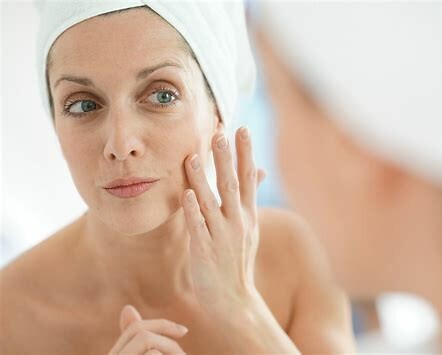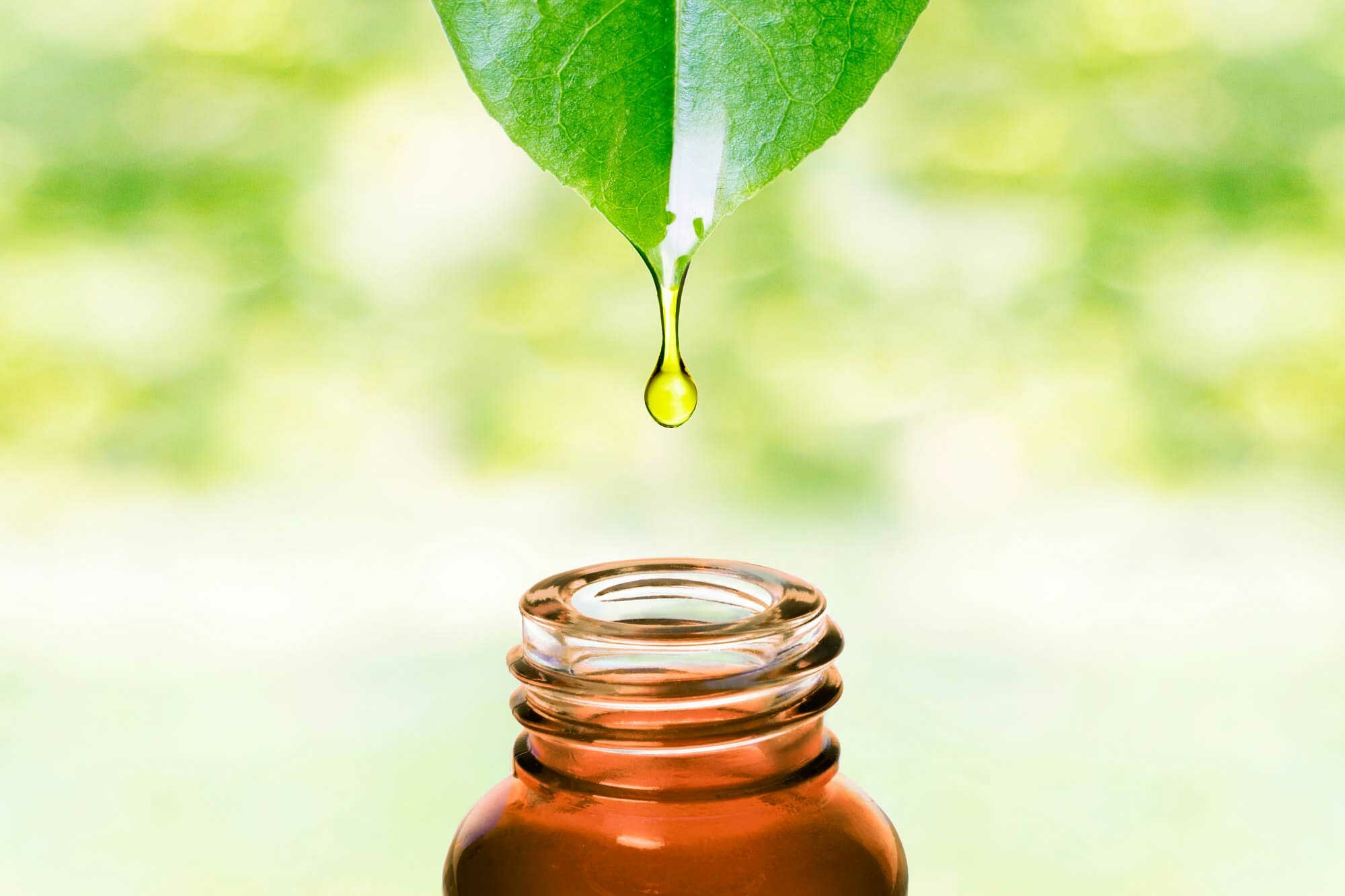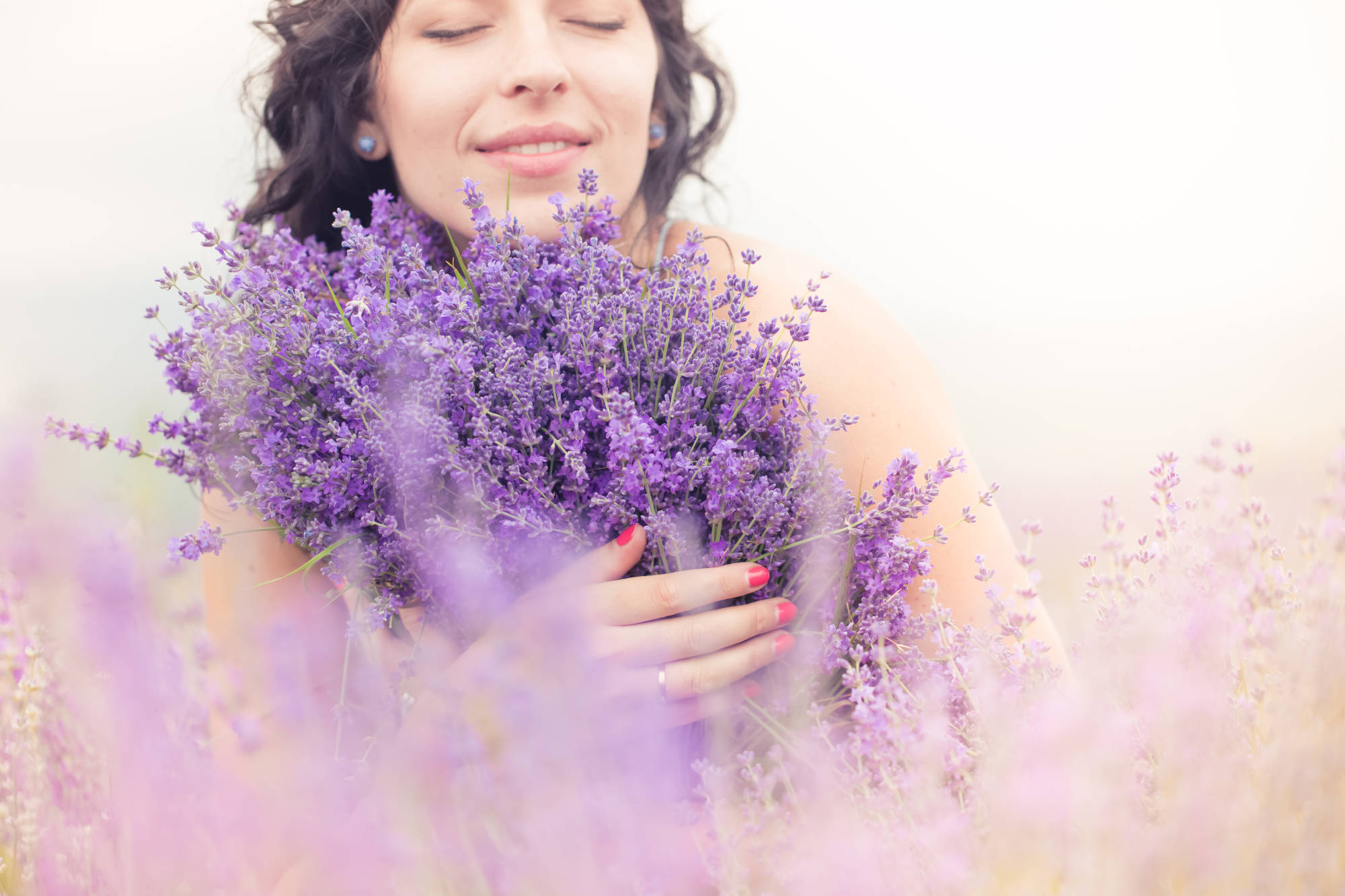Simple Skincare Routine
No matter how many steps you have for your skin care routine what is important is to apply the steps in the right order. You’ll want to start with clean skin, a nice toner for your base, then apply the more concentrated ingredients, and finish off by sealing in with moisture—and, of course, SPF in the daytime.
Here are the steps for a good skincare regimen:
Cleanse, Tone, Moisturize
- Wash your face. -- Morning and night, rinse your face with warm water and rub a small amount of gentle cleanser between clean palms. Go ahead and massage your face while you wash using gentle pressure. Rinse your hands and massage your face with water to rinse your face until you’ve removed the cleanser and grime or you can also use a warm wash cloth, which I find nice for exfoliation too. Gently pat your face dry with a soft towel. If you wear makeup, a good idea would be to cleanse twice in the evening. First, remove your makeup with cleansing oil. Here is an excellent Cleansing oil that can be used for eyes and makeup. And then follow up with a full-face gentle cleanse.
- Apply toner. -- If you use toner, apply after cleansing your face and before everything else. Pour a few drops of toner into your palms or a cotton pad and gently swipe onto your face. Hydrating formulas can be used twice a day. Avoid using exfoliating toner and retinoids or other exfoliators at the same time.
- Apply serum. -- Morning is a great time to use a serum with antioxidants—like a brightening vitamin C serum—because they protect your skin from free radicals that you will encounter during the day. Nighttime is a good time to use a moisturizing serum with hyaluronic acid. This will keep your skin from drying out at night, especially if you’re using anti-aging or acne treatments that can irritate and dry out the skin. Serums can also contain exfoliants such as alpha-hydroxy acids (AHA) or lactic acid. Whatever you’re using, always remember: Water-based serums should go underneath moisturizer; oil-based serums should be applied after moisturizer.
- Apply eye cream. If you use a specialized eye cream you will want to layer it underneath your moisturizer, as eye creams tend to be thinner than face moisturizers.
- Use spot treatment. It’s a good idea to use acne spot treatments at night, when your body is in it's repair mode.
- Moisturize. Moisturizer will hydrates skin and moisturizers aso lock in all the other layers of product you have applied to your skin. It's a good idea to use a lightweight lotion in th morning and then in the evening you can use a thicker lotion. If your skin is dry you might want to choose a thicker cream both morning and night.
- Apply retinoids only at night. And they can make your skin extra sensitive to the sun.
- Apply face oil. If you use a face oil, make sure to apply it after your other skin-care products since nothing else will be able to penetrate the oil.
- Apply sunscreen. This will be your last step in your routine but a very important one as a good sunscreen will protect your skin from UV rays, which will help with aging signs and help to prevent skin cancer. may be the last step, but nearly any dermatologist will tell you that sun protection is the most important part of any skin-care regimen. Protecting your skin from UV rays can prevent skin cancer and signs of aging. Look for broad-spectrum SPF, meaning that your sunscreen protects from both UVA and UVB radiation.







